Squarrose Knapweed
Information
Centaurea virgata - Asteraceae Family - Perennial
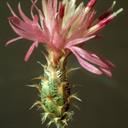
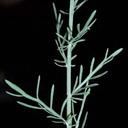
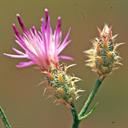
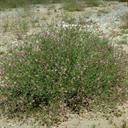
Identification
- Flowers: Pink or purple colored. Spiny bracts having a long, recurved (backward pointing) terminal spine.
- Seeds: Seeds can remain viable up to eight years. Seeds below depths of one and a half inches will not germinate until the soil is disturbed.
- Leaves: Generally deeply lobed and sparse along the stem.
- Flowering Time: June to October depending on species.
- Life cycle/ other: Perennial. Limited distribution in Salt Lake County.
Impacts
- Knapweeds are highly competitive plants that can exclude more desirable plants and form large, dense infestations.
- Knapweed invasions cause losses averaging up to 63 percent of available grazing forage.
Control
Most effective control methods
- The most effective method of control for squarrose knapweed is to prevent its establishment through proper land management.
- For small squarrose knapweed sites with limited distribution, dig up plants and remove as much root as possible. It is recommended to dig at least 8 inches below the soil surface to avoid resprouting.
- Carefully monitor sites throughout the growing season to remove missed plants. Expect the level of control work to be intensive for the first several years.
- For large infestations, both knapweeds can be treated with an appropriate herbicide for the site. Squarrose knapweed appears to be more difficult than other knapweeds to control using herbicides. Annual treatments for several years will be needed because plants often regrow after chemical application.
- Once the initial infestation has been controlled, native species (i.e. grasses) should be replanted to act as a vegetative suppressant and to actively compete with emerging knapweed plants.
- A variety of biological control agents have been released for control of knapweeds. The biological control agents may reduce seed production and stress the plant, thereby reducing the competitiveness of knapweeds. The effectiveness of biologicals on the whole infestation is minimal unless used in combination with other control methods.
- Mowing alone is not recommended for control. Since the plant has the ability to flower below the mower height, mowing alone will not prevent seed production.
Control methods and timing
| March | April | May | June | July | Aug | Sept | Oct |
|---|---|---|---|---|---|---|---|
|
Prev Mech Chem Cult |
Prev Mech Chem Cult |
Prev Chem |
Prev Chem Cult |
Prev Chem Cult |
Prevention (Prev) Monitor and destroy new plants before seed production.
Mechanical (Mech) Hand pulling, digging, cutting, mowing and tilling.
Cultural (Cult) Biological control agents, livestock grazing, and revegetation practices.
Chemical (Chem) Selective herbicides based on the plant and the specific location. Check our weed fact sheets for specific control information.
Larger Images
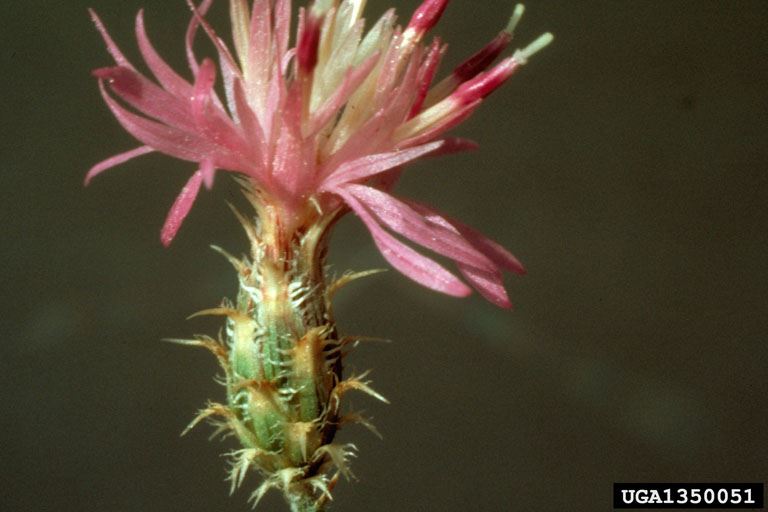
Squarrose knapweed: flower
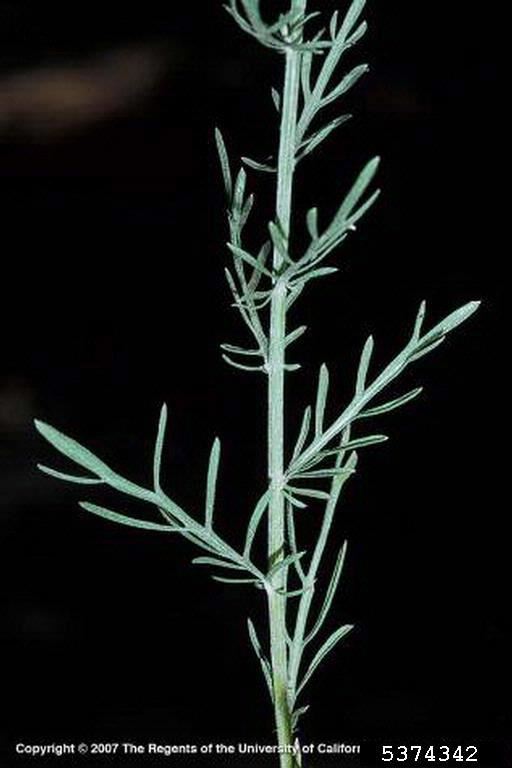
Squarrose knapweed: foliage
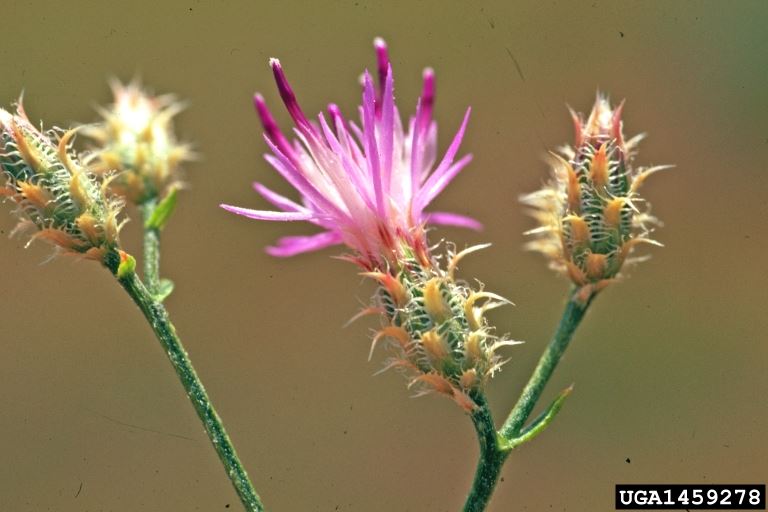
Squarrose knapweed: flower
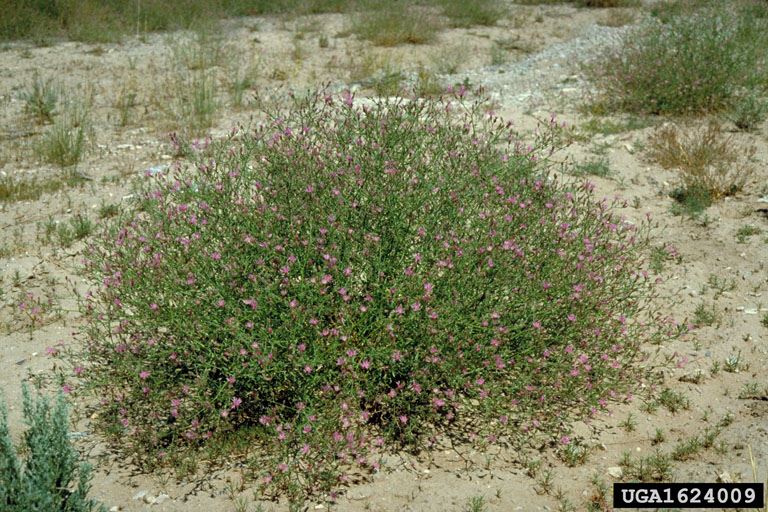
Squarrose knapweed
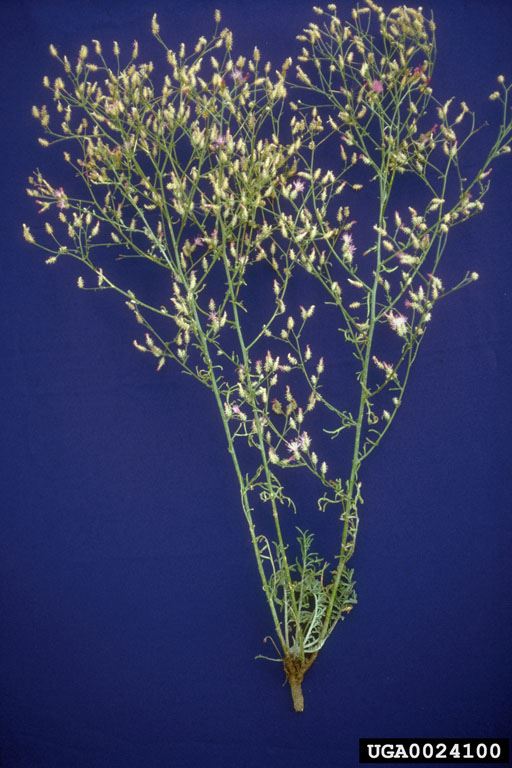
Squarrose knapweed
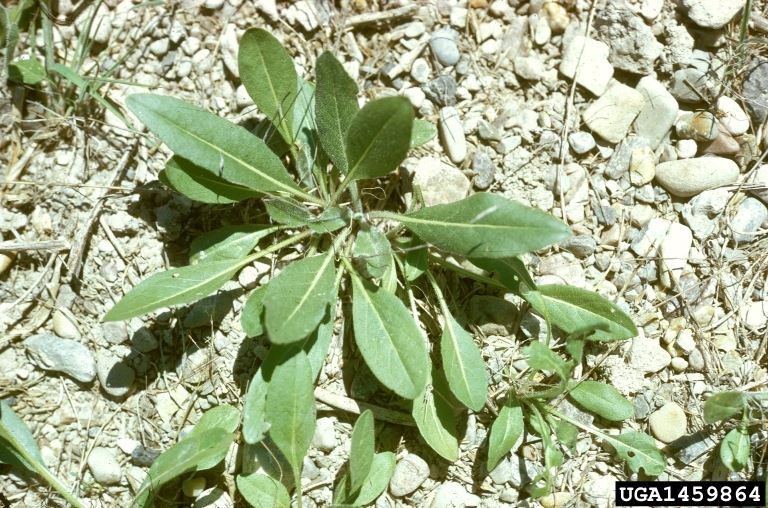
Squarrose knapweed: rosettes
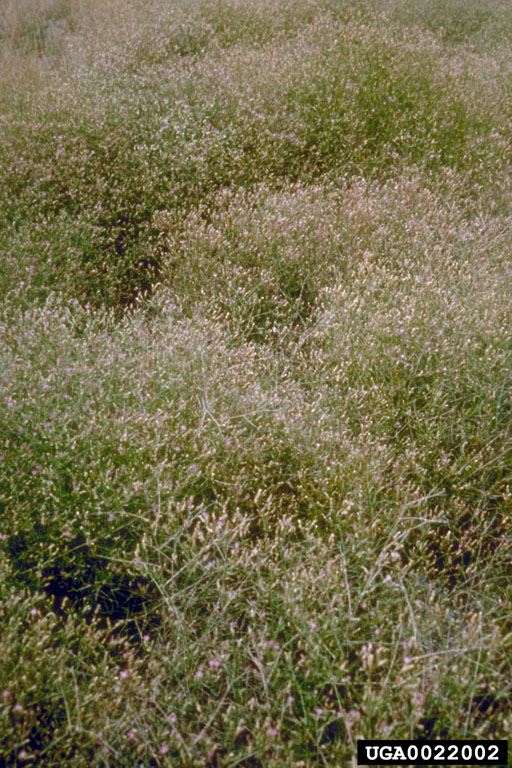
Squarrose knapweed: infestation
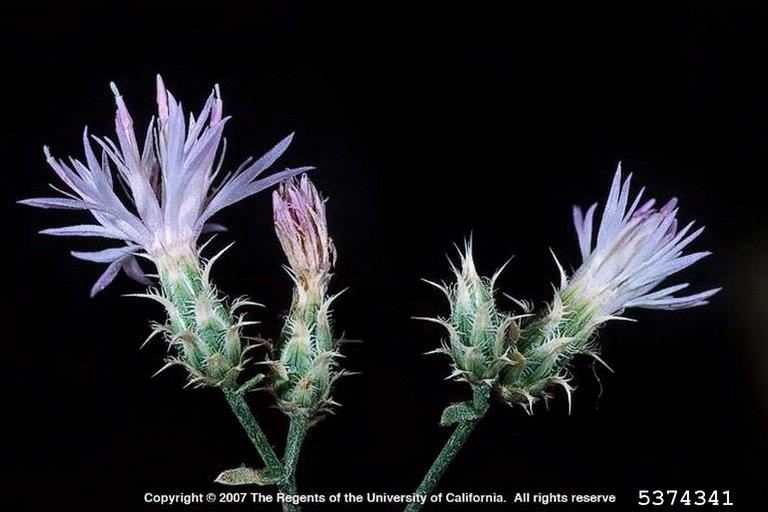
Squarrose knapweed: flowers
Resources
-
-
References
Graham, J., & Johnson, W. Managing squarrose knapweed [PDF file]. Retrieved from https://www.unce.unr.edu/publications/files/ho/2004/fs0438.pdf View PDF
Lym, R. (2018, April). Know your knapweeds. Retrieved from https://www.ag.ndsu.edu/publications/crops/know-your-knapweeds
Oregon State University. (2008, September). Knapweeds: Centaurea spp., Acroptilon repens [PDF file]. Retrieved from https://catalog.extension.oregonstate.edu/sites/catalog/files/project/pdf/ec1596.pdf
Wilson, L., & Randall, C. (2005, April). Biology and biological control of knapweed [PDF file]. Retrieved from https://bugwoodcloud.org/resource/files/6223.pdf View PDF




